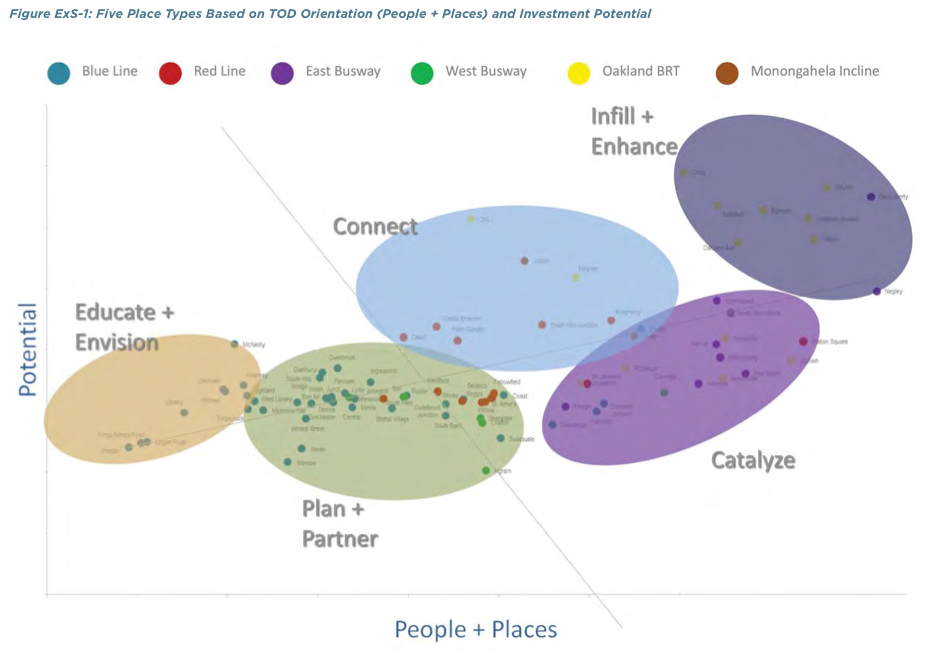
CENTER FOR TRANSIT ORIENTED DEVELOPMENT Executive Summary Cities and regions from coast to coast are pursuing transit-oriented development (TOD) strategies as a way to achieve many goals, including increased economic competitiveness through improved quality of life, reduced congestion, lower transportation costs for households, improved air quality, reduced costs for providing city services, and growth management. […]
View this complete post...











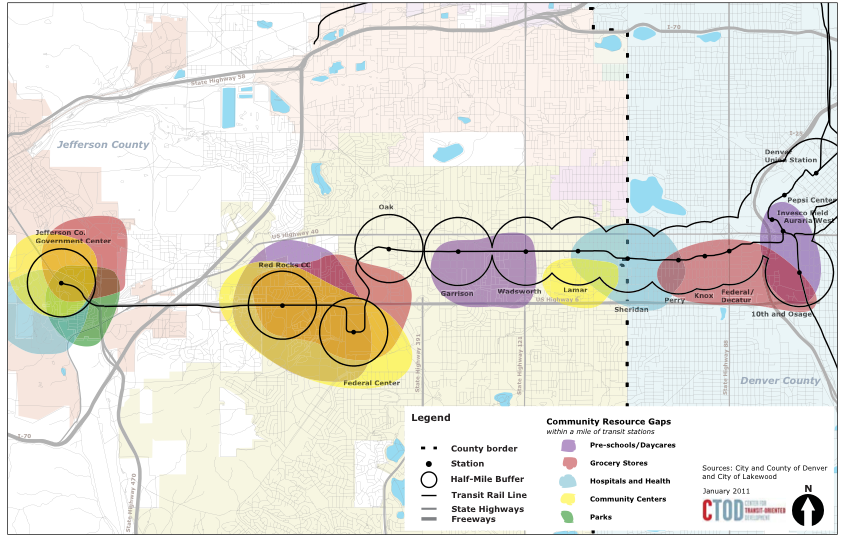
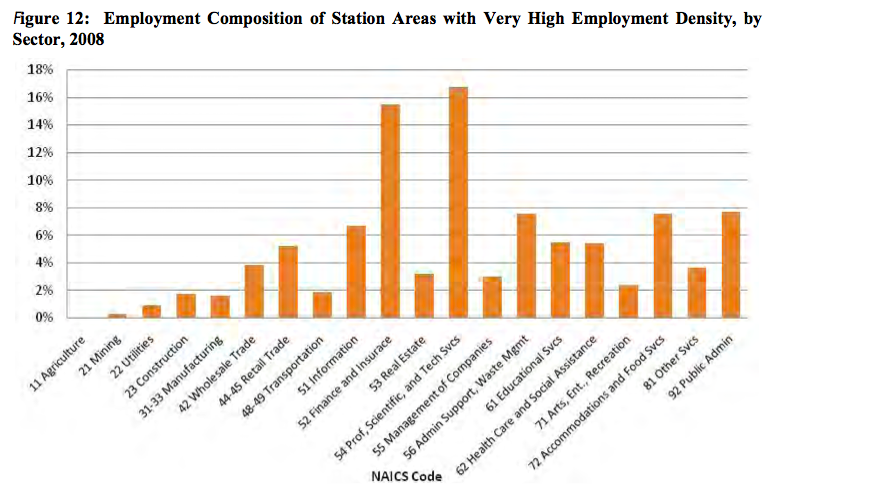
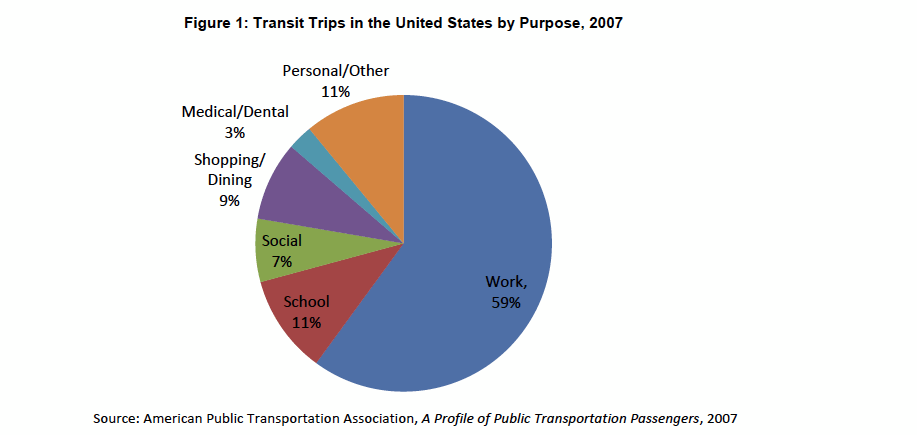

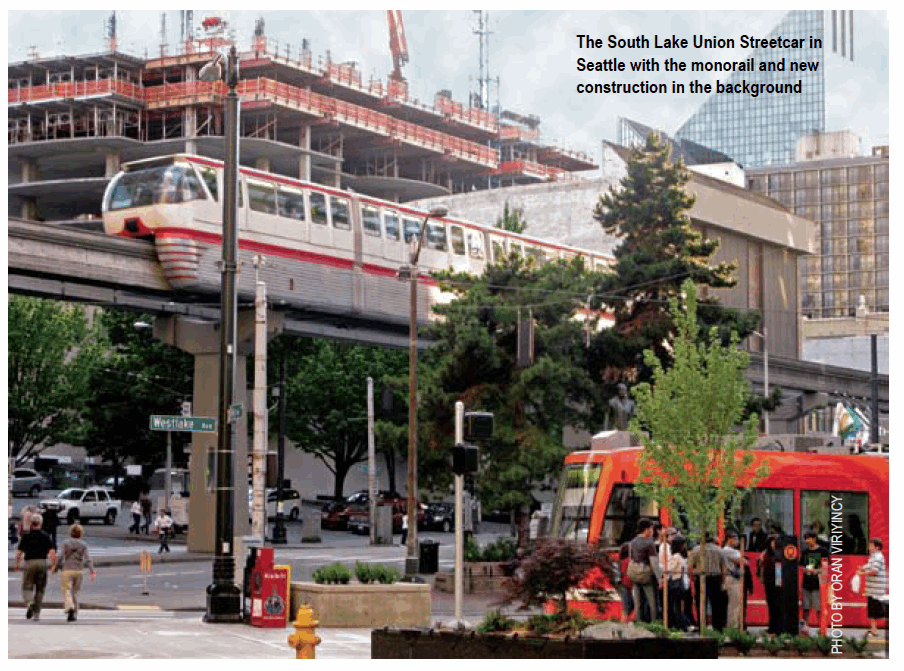
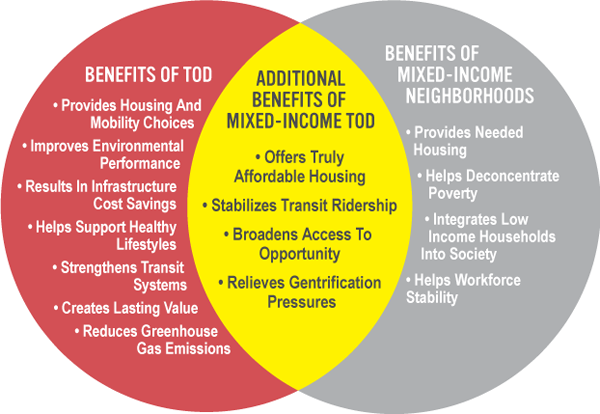

 RSS Feed
RSS Feed